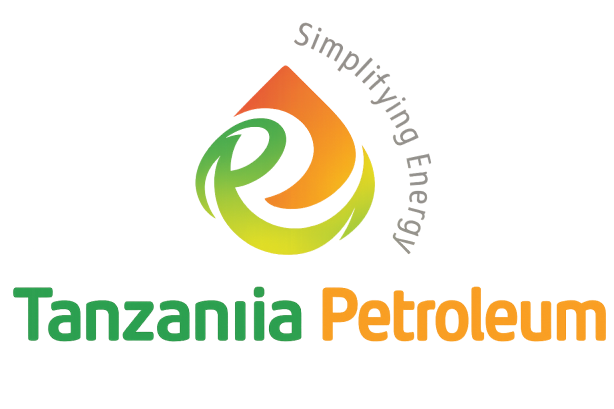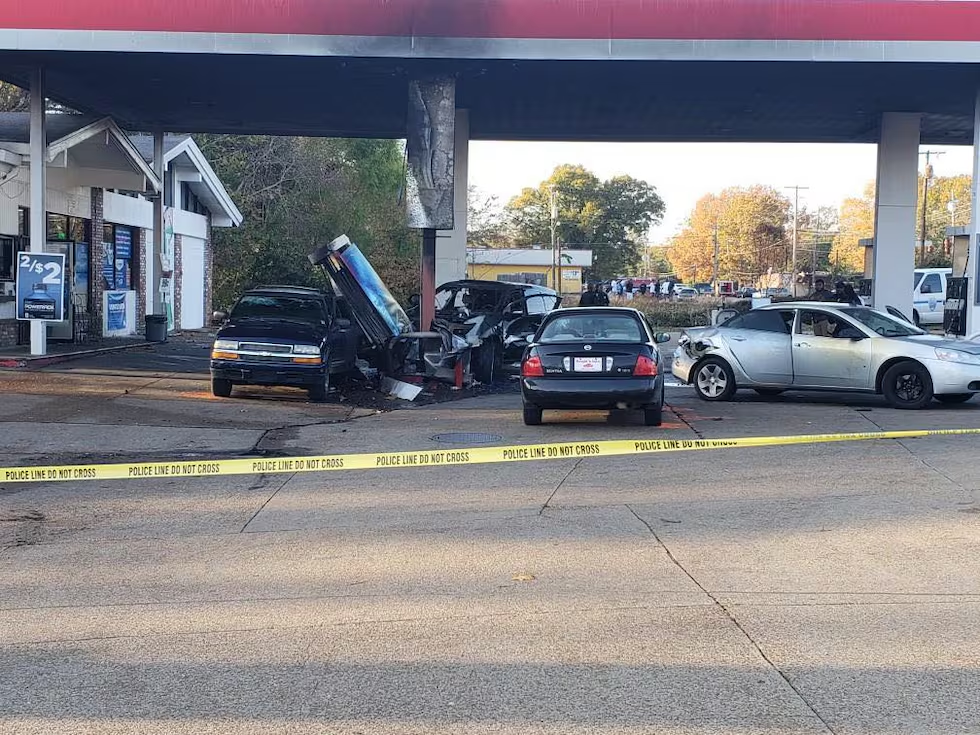You know that feeling when you spot a prime roadside location with heavy traffic, visible signage, and ample space for vehicles?
You can almost see the pumps bustling with customers, hear the buzz of business, and imagine the returns on your investment. It’s a mix of hopefulness, cautious optimism, and a pinch of skepticism, right?
You might be thinking, “Is this really the spot that will set my petrol station apart from the rest? Can I really turn this location into a profitable venture?” Well, you’re not alone in your thoughts. Choosing the right site for your petrol station can make or break your business—it’s that crucial first step towards success.
Let’s face it, the stakes are high. But fret not, my friend. There are proven criteria that can guide you through this daunting task. We’re talking about a strategic approach that goes beyond mere location and gut feelings.
Are you ready to discover the five criteria that will help you select a petrol station site that’s not just good, but great? Let’s dive in.
- Conventional Approaches to Selecting Petrol Station Sites.
Location on Highways or Busy Roads.
Choosing a location for your petrol station is often the first big decision you’ll face. It’s tempting to think that setting up shop on a bustling highway or a busy road is a surefire way to attract customers and drive sales. After all, more traffic should mean more business, right?
Well, hold your horses. While these locations may seem ideal at first glance, the reality is a bit more complicated. Sure, you might get a lot of passing cars, but is that enough to sustain a profitable business?
Think about it—not every car passing by is going to stop for gas, and even if they do, what’s going to make them choose your station over the one just down the road?
2. The Limitations of Conventional Approaches.
Data Deficiency.
Here’s where the traditional approach falls short: lack of data. Many petrol station owners simply rely on assumptions and gut feelings when selecting a site.
They see a busy road and think, “That’s the spot!” But without hard data to back up their decision, they’re essentially shooting in the dark.
Let’s break it down with an example. Imagine you set up your petrol station on a major highway because it seems like the logical choice.
But what if that highway sees a lot of through traffic—trucks and travelers who are just passing through and not stopping? Without knowing the traffic patterns—when people are commuting, where they’re going, and where they’re coming from—you could end up with a station that’s busy at certain times of day and dead at others.
3. A New Method: Data-Driven Site Selection.
Criteria Based on Comprehensive Data Analysis.
So, what’s the alternative? Data-driven site selection. This approach is all about making informed decisions based on hard numbers and insights rather than assumptions and wishful thinking.
Traffic and Accessibility Analysis:
Consider this: it’s not just about how many cars pass by your station, but when and where those cars are coming from. By analyzing traffic flow data—both historical and real-time—you can pinpoint the best times and locations for your station.
Are there peak commuting hours when your station would be flooded with customers? Is your station easily accessible from major roads and highways, or is it tucked away where only the locals know about it?
Visibility Analysis:
Visibility matters, too. Think of your petrol station like a beacon in the night. Is it visible from the road? Are there clear signs that catch the eye of passing drivers? Don’t underestimate the power of good signage—it could mean the difference between a customer stopping by or driving right past.
Financial Analysis:
Let’s talk money. How much do you expect to make from your petrol station? Will the investment cost and return on investment align with your expectations? What’s the payback period? These are important questions that need answers based on real data, not wishful thinking.
Competitive Analysis:
Who else is in the neighborhood? Are there other petrol stations nearby? What do they offer that you don’t, and vice versa? Knowing your competition inside and out can give you a competitive edge and help you carve out your niche.
Future Development Potential:
Lastly, think long-term. What’s the economic forecast for the area? Are there plans for new developments or infrastructure projects that could impact traffic and customer flow? A forward-thinking approach will help you future-proof your investment.
4. Logical Arguments for the New Method
Superiority of Data-Driven Decisions.
Here’s the kicker: petrol stations that use data-driven approaches tend to perform better in the long run. They’re able to adapt to changing traffic patterns, consumer behaviors, and economic conditions because they have the insights to make informed decisions.
Cost Efficiency.
And let’s not forget the bottom line. By avoiding costly mistakes and maximizing your return on investment, a data-driven approach can save you time, money, and headaches.
5. Addressing Counter Arguments
Concerns About Data Accuracy.
Now, you might be thinking, “But how accurate is this data, really?” It’s a fair question. Data accuracy is crucial, and it’s something we take seriously. We use multiple sources and validate our data to ensure it’s as accurate as possible.
Long-Term Viability.
You might also wonder about the long-term viability of your chosen site. Will it still be profitable five or ten years down the road? We get it—no one has a crystal ball. But by studying historical trends and planning for future developments, you can mitigate risks and increase your chances of long-term success.
Making Your Move Towards Profitable Success.
You might be thinking, “Alright, I’ve got the data, but can I really do this?” It’s natural to feel a mix of excitement and uncertainty as you embark on this journey. Choosing the right location for your petrol station is a big decision, and it’s completely understandable to want reassurance.
But hey, remember why you started this journey in the first place. You want a thriving business, one that attracts customers like moths to a flame. This article has armed you with the knowledge and tools you need to make a smart, data-driven decision. You’re not just guessing anymore—you’re using real insights to pave your path to success.
Think about it: understanding traffic patterns, assessing visibility and accessibility, analyzing financial viability—these are all keys to unlocking the profitability of your petrol station. By taking this step, you’re setting yourself up for success in the long run.
So go ahead, take a deep breath, and visualize your future station bustling with customers. You’ve got this. Armed with these insights, you’re ready to find the perfect spot for your petrol station and watch your investment grow.
Now, go out there and make it happen. Your profitable future is waiting for you.






